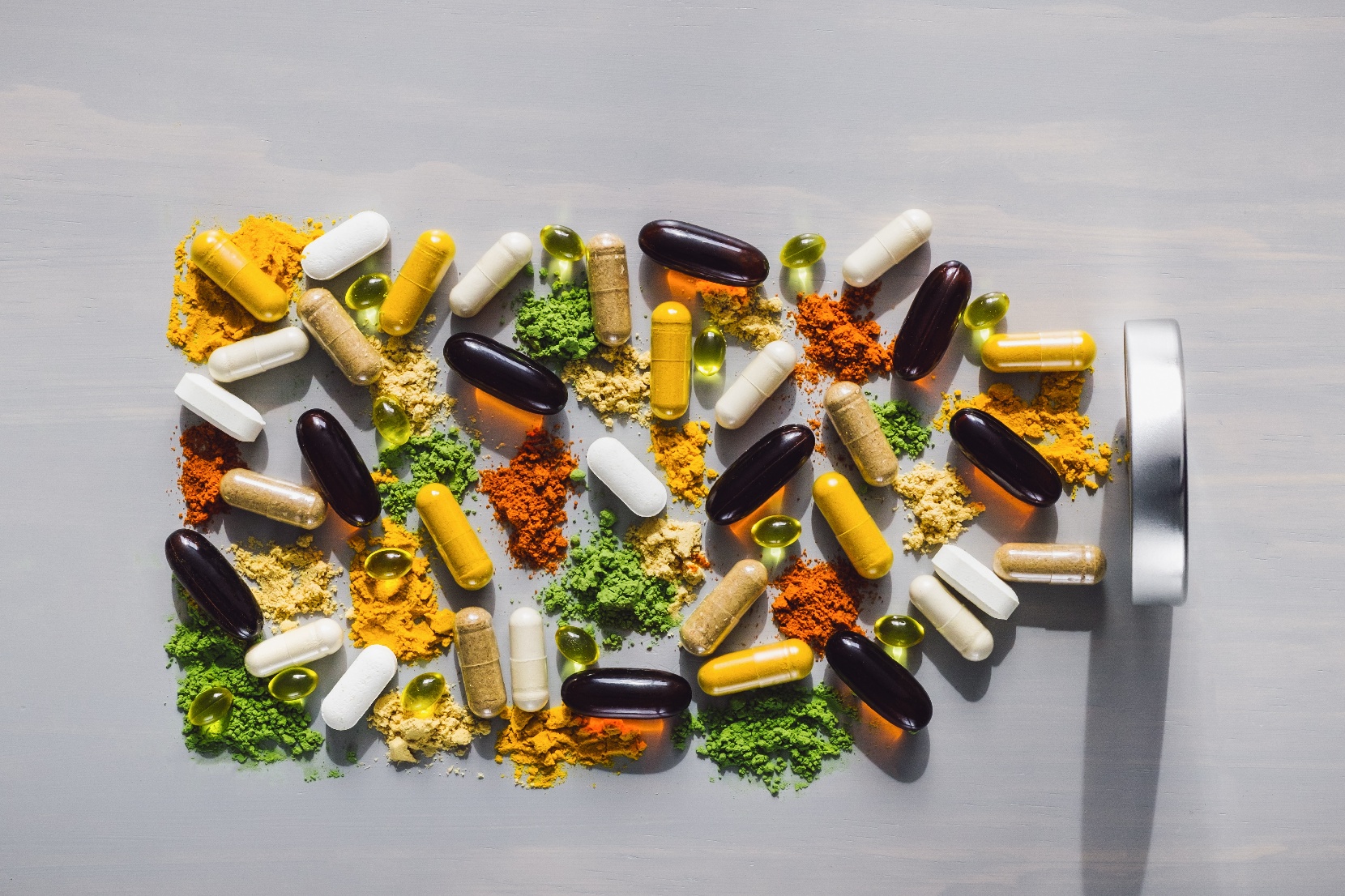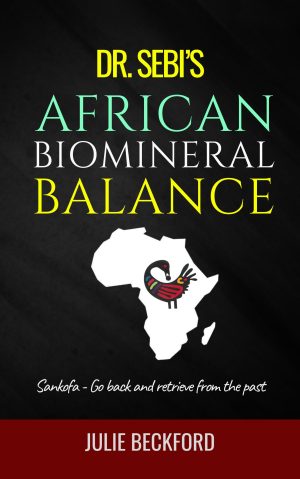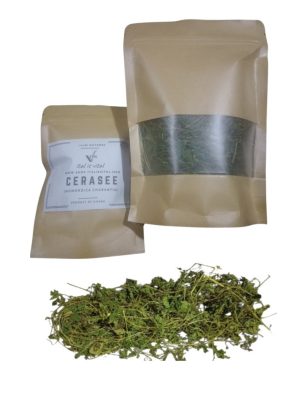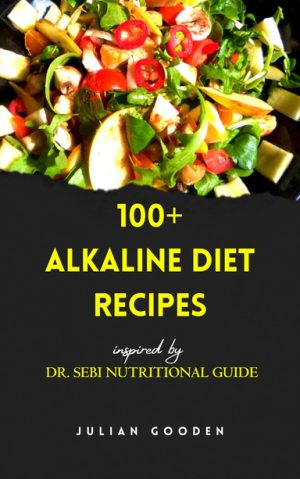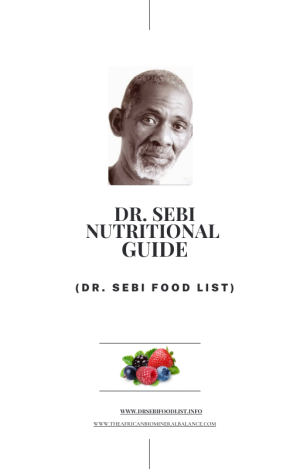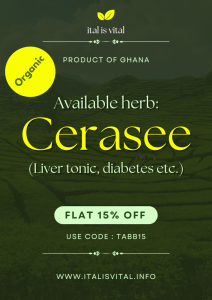Dr. Sebi spoke about the reality of vitamins – simply put, he maintained that they do not exist. This is difficult for many people to accept, as we are constantly bombarded with information from scientists, doctors, and health gurus about how wonderful vitamins are and why we should take this or that vitamin to improve our health.
But as Dr. Sebi pointed out, how could we feed our electric bodies with dead food? In the case of vitamins, how could we expect to sustain life and health with dead, synthetic substances?
Take, for example, what science calls “vitamin C.” It is one of the most widely used and promoted “vitamins”. But have you ever stopped to look at how it is actually made? Once you see the process, you can decide for yourself whether it truly sounds like something that belongs in the body.
The Production Process
The most famous example is the industrial synthesis of what is called “Vitamin C” (L-ascorbic acid). The most common method is based on the Reichstein Process, a semi-synthetic method that involves several steps:
1. Starting Material: Corn → Glucose
- Corn starch (a polymer of glucose) is broken down to yield D-Glucose (a simple sugar). This glucose syrup is the raw material.
2. Reduction: Glucose → Sorbitol
- D-Glucose is subjected to a chemical reaction called hydrogenation (adding hydrogen) using a catalyst (like nickel) under high pressure. This converts the glucose into its corresponding sugar alcohol, D-Sorbitol.
3. Fermentation: Sorbitol → L-Sorbose
- This is the critical biological step. Specific bacteria (like Acetobacter) are used to microbially oxidize (ferment) D-Sorbitol. This process is essential because it is stereospecific – it converts the molecule into the correct three-dimensional configuration (L-Sorbose) needed to become the biologically active L-ascorbic acid.
4. Chemical Oxidation and Cyclization
- L-Sorbose then undergoes a series of heavy chemical reactions (oxidation, cyclization, and acidification) to rearrange its structure.
- This multi-step chemical transformation removes the protective groups and ultimately yields the final product: L-Ascorbic Acid.
As you will notice this most common production method involves fermenting genetically modified corn syrup with industrial microorganisms, followed by a series of chemical extraction and purification steps.
In other words, your “vitamin C” is not a natural fruit-based nutrient – it is a lab-created chemical. Does this sound like real nutrition to you?


